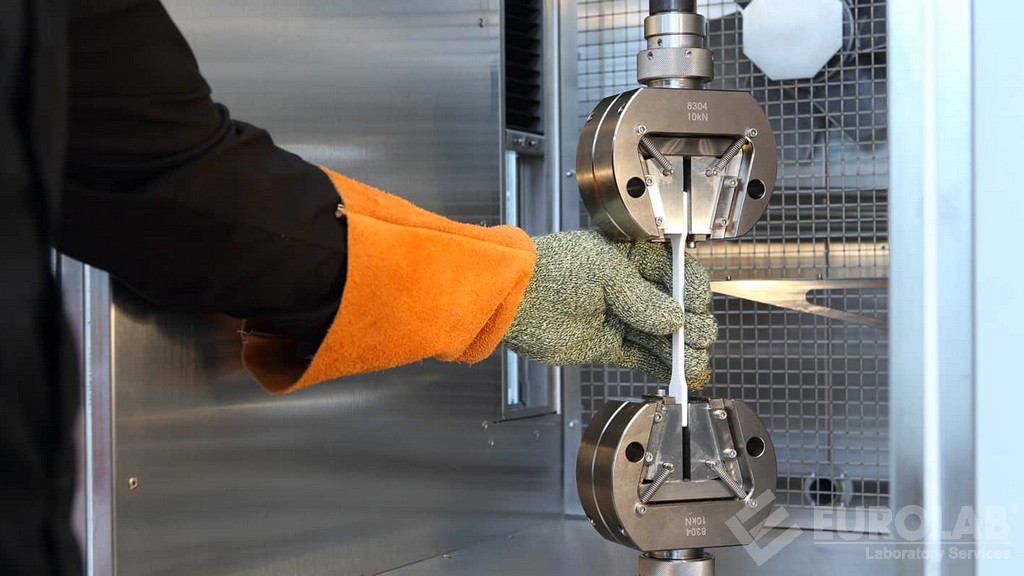DIN 53214 Foaming Properties of Additives Test
The DIN 53214 foaming properties of additives test is a crucial procedure utilized in the oil and gas sector to evaluate the foaming behavior of chemical additives, particularly those used in production fluids. This test ensures that additives do not interfere with critical operations by producing excessive foam, which can lead to operational inefficiencies or equipment failure.
The DIN 53214 standard is part of a broader set of guidelines intended for the oil and gas industry, focusing on quality assurance and safety in production processes. By adhering to this test, companies ensure that their additives perform as expected under real-world conditions, thereby maintaining operational integrity and efficiency.
The foaming properties of additives are important because foam can significantly impact the performance of various systems within an oil field. For instance, foam can hinder fluid flow through pipelines or meters, leading to reduced production rates. Additionally, excessive foam can affect the accuracy of measurements, making it difficult for operators to monitor and control processes accurately.
The test involves measuring the volume of foam produced by a specified additive when mixed with water under controlled conditions. The procedure typically starts with preparing a solution containing the additive at a specific concentration. This solution is then agitated in a controlled environment, and the amount of foam generated over time is measured. Various parameters are recorded, including foam height, stability, and duration.
The DIN 53214 test provides valuable insights into how additives behave under dynamic conditions, which is essential for optimizing their performance in oilfield applications. Understanding the foaming properties helps in selecting the right additive that not only enhances desired functionalities but also minimizes potential drawbacks such as excessive foam formation.
Standardizing this testing procedure across the industry ensures consistency and comparability of results, facilitating better decision-making during procurement and R&D phases. Compliance with DIN 53214 is particularly important for companies aiming to meet international standards and regulations, thereby enhancing their global competitiveness.
The test setup involves specific equipment designed to mimic field conditions as closely as possible. This includes precise measurement tools and controlled environments that can replicate the pressures and temperatures encountered in oilfield operations. By using this standardized approach, laboratories are able to provide reliable data that is both consistent and replicable.
Understanding the foaming properties of additives through DIN 53214 testing is not just beneficial for manufacturers but also for end-users who rely on these chemicals for various applications in oil production. This knowledge allows operators to make informed decisions about which additives are best suited for their specific needs, ultimately leading to more efficient and safer operations.
In summary, the DIN 53214 foaming properties of additives test is a vital tool for ensuring that chemical additives used in oil and gas production do not contribute to unwanted foam formation. By adhering to this standard, companies can enhance operational efficiency while maintaining the safety and integrity of their processes.
Why It Matters
The significance of the DIN 53214 foaming properties test cannot be overstated in the context of oil and gas production. This test is essential for several reasons, primarily related to operational efficiency and safety:
Operational Efficiency: Excessive foam can block pipelines and meters, reducing fluid flow rates and thus decreasing overall production.
Safety: Foam can interfere with critical operations such as monitoring and control, potentially leading to accidents or equipment damage.
Cost Savings: By ensuring that additives do not cause foam issues, companies can avoid costly downtime and maintenance expenses associated with foam-related problems.
The test helps manufacturers and operators select the most appropriate additives for their specific applications, thereby optimizing performance and minimizing potential risks. Compliance with DIN 53214 ensures consistency in quality across different production facilities, which is crucial for maintaining high standards of safety and efficiency.
Furthermore, this standardized testing procedure supports international collaboration by providing a common metric that all parties can understand and reference. This facilitates smoother communication and cooperation among stakeholders involved in oilfield operations.
Industry Applications
Water Treatment: Ensuring that additives used in water treatment processes do not cause foam that could interfere with filtration systems.
Pipeline Maintenance: Testing additives to ensure they do not produce foam that could block pipelines during maintenance operations.
Gas Separation: Evaluating chemicals used in gas separation processes to prevent foaming that could disrupt the separation efficiency.
The DIN 53214 test is particularly critical for additives used in high-pressure environments, where even small amounts of foam can have significant impacts. By understanding the foaming properties through this standardized testing procedure, companies can better manage these challenges and ensure optimal performance across various applications.
International Acceptance and Recognition
DIN 53214 is widely accepted in Europe for its stringent requirements on foaming properties of additives. It is recognized by several international standards organizations such as ISO, ASTM, and EN.
The test procedure is also aligned with IEC standards, ensuring compatibility with global regulatory frameworks. This alignment makes it easier for companies to meet compliance requirements in multiple jurisdictions.
Compliance with DIN 53214 enhances a company's reputation and credibility within the international oil and gas community. It demonstrates a commitment to quality control and operational excellence, which are highly valued by both clients and regulatory bodies worldwide.
The acceptance of this standard across borders also facilitates smoother trade and collaboration between different countries and regions involved in the oil and gas industry. By adhering to internationally recognized standards like DIN 53214, companies can ensure that their products meet global quality benchmarks, thereby opening up new market opportunities.





